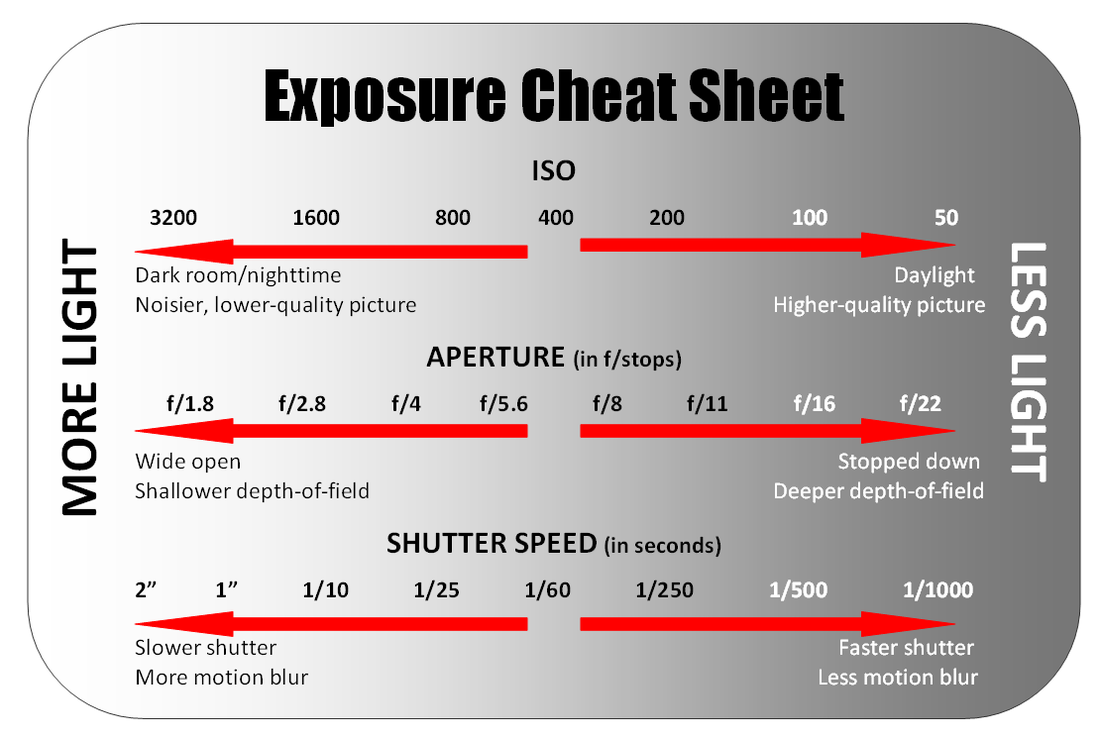

#F stop and iso how to#
How to Make Sure You’re Using the F-Stop Correctly But if you want to focus on one person, consider using a shallower depth of field.

If you’re looking to take a picture of a busy street, a higher f-stop will probably work better for you. Street photography settings depend on what you’re trying to capture and how high or low your shutter speed is. f/8 is usually a good starting point for most cameras, but depending on the landscape, you can push the aperture slightly higher if you feel like more should be in focus. When photographing landscapes and skylines, you want to get as much of the image in focus as possible without losing detail. You might need to compromise focal length if shooting free-handed, as taking photos below a specific shutter speed without a stable surface is almost impossible. When taking photos at night, The Exposure Triangle is fundamental. Nighttime photography: f/1.4 to f/5.6.Be careful not to use too small of a number, though, because other parts of the person’s body or face might become out-of-focus. When taking portraits, the f-stop you should use depends on the outcome and the type of portrait you’re taking. But for a good general rule of thumb, consider the following apertures for your photography. Some lenses are sharper than others at certain f-stops.

Related: How to Resize an Image on Any Device Also, keep in mind that your photos could have less detail when you crop them with smaller apertures (i.e. In most situations, you won’t need to take pictures above f/14. In general, it’s a good idea to keep your f-stop as low as possible. Depending on the type of photo you’re taking and the outcome you want, you’ll need to adjust your f-stop on a case-by-case basis.


 0 kommentar(er)
0 kommentar(er)
